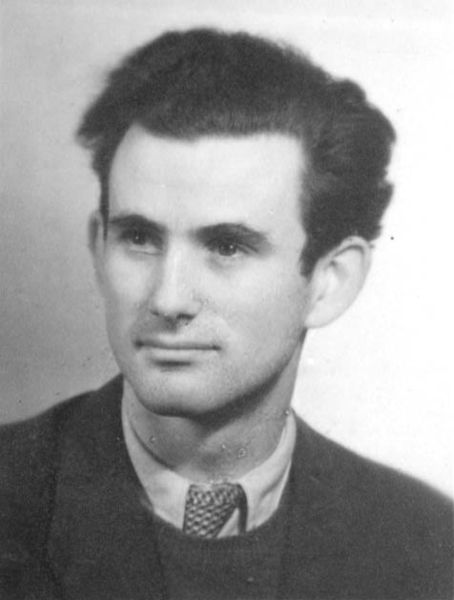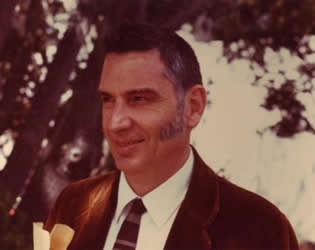<Back to Index>
- Mathematician Jerzy Łoś, 1920
- Mathematician Robert Lawson Vaught, 1926
PAGE SPONSOR

Jerzy Łoś (born March 22, 1920 in Lwów (now Lviv, Ukraine) - June 1, 1998 in Warsaw) was a Polish mathematician, logician, economist and philosopher. He is best known for his work on ultraproducts, in particular for "Łoś' theorem", which states that any first - order formula is true in an ultraproduct if and only if it is true in "most" factors.
In 1996 Łoś suffered from a severe brain stroke. He was thenceforward ill until his death in 1998.

Robert Lawson Vaught (April 4, 1926 April 2, 2002) was a mathematical logician, and one of the founders of model theory.
Vaught was a bit of a musical prodigy in his youth, in his case the piano. He began his university studies at Pomona College, at age 16. When World War II broke out, he enlisted in the U.S. Navy which assigned him to the University of California's V-12 program. He graduated in 1945 with an AB in physics.
In 1946, he began a Ph.D. in mathematics at Berkeley. He initially worked under the topologist John L. Kelley, writing on C* algebras. In 1950, in response to McCarthyite pressures, Berkeley required all staff to sign a loyalty oath. Kelley declined and moved his career to Tulane University for three years. Vaught then began afresh under Alfred Tarski, completing in 1954 a thesis on mathematical logic, titled Topics in the Theory of Arithmetical Classes and Boolean Algebras. After four years at the University of Washington, Vaught returned to Berkeley in 1958, where he remained until his 1991 retirement.
In 1957, Vaught married Marilyn Maca; they had two children.
Vaught's work is primarily focused around the field of model theory. In 1957, he and Tarski introduced elementary submodels and the Tarski Vaught test characterizing them. In 1962, he and Morley pioneered the concept of a saturated structure. His investigation of countable models of first order theories led him to the Vaught conjecture that the number of countable models of a complete first order theory (in a countable language) is always either finite, or countably infinite, or equinumerous with the real numbers. Vaught's "Never 2" theorem states that a complete first order theory cannot have exactly 2 nonisomorphic countable models.
He considered his best work was his paper "Invariant sets in topology and logic", introducing the Vaught transform. He is known for the Tarski Vaught criterion for elementary extensionality, the Feferman Vaught theorem, the Łoś Vaught test for completeness and decidability, the Vaught two - cardinal theorem, and his conjecture on the nonfinite axiomatizability of totally categorical theories (this work eventually led to geometric stability theory).
Vaught was a capable teacher of undergraduates, and his writing was reputed for elegance and clarity. His Set Theory: An Introduction (2001, 2nd ed.) attests to his abilities in this regard.